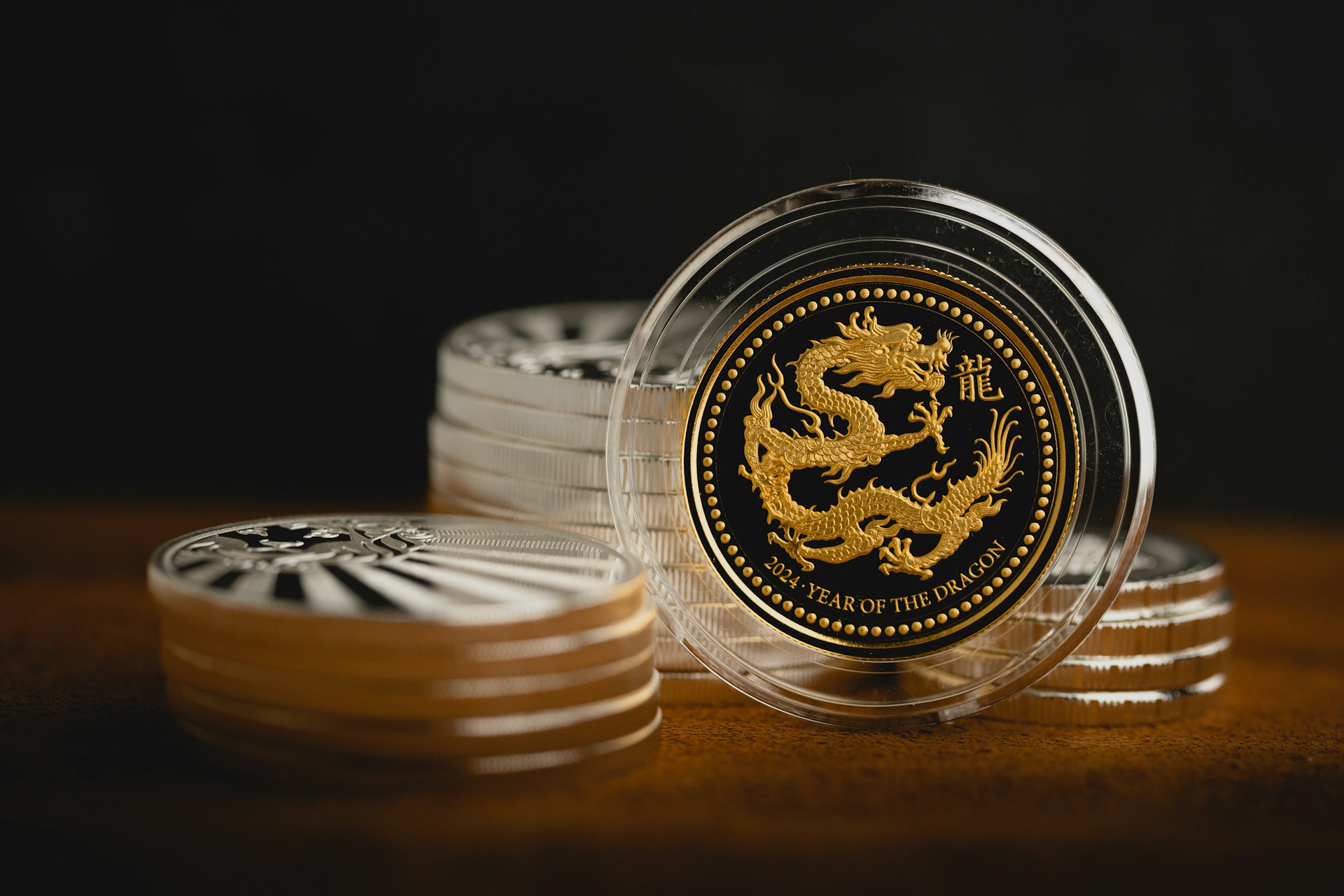In the intricate web of global economics and historical events, China’s relationship with silver stands out as a particularly compelling chapter. This story, stretching from the 18th and 19th centuries to the present day, not only sheds light on China’s past economic strategies but also provides insight into its current financial maneuvers, particularly in terms of silver hoarding.
The Roots: Trade Imbalances and the Opium Wars
During the 18th and 19th centuries, China found itself at the economic heart of a silver-based conundrum. The country had a significant trade surplus with Europe, especially with Great Britain, stemming from the West’s insatiable demand for Chinese goods such as tea, silk, and porcelain. The catch, however, was China’s insistence on being paid in silver bullion for these exports, leading to a persistent outflow of silver from European shores to China.
This imbalance set the stage for the Opium Wars—a series of conflicts primarily fueled by Great Britain’s efforts to correct its trade deficit by exporting opium from British-ruled India to China. This not only destabilized China’s economy but also led to widespread addiction and societal issues, contributing to the eventual military confrontations.
Silver Drain and Economic Sovereignty
The opium trade reversed the flow of silver, draining China’s reserves and contributing to economic and social turmoil. This era underscored the importance of silver in global trade and China’s economic health. The subsequent treaties post-Opium Wars further opened China to foreign influence and trade, marking a period of significant hardship and external control.
Modern Dynamics: China’s Silver Hoarding
Fast forward to the present day, and China’s approach to silver—and precious metals, in general—reflects both a lesson learned from history and a strategic positioning for future economic stability. While the exact figures are closely guarded, it’s known that China has been amassing significant amounts of silver, along with other precious metals like gold.
This modern silver hoarding can be interpreted as a multifaceted strategy:
- Diversification: By increasing its reserves in silver and other precious metals, China is diversifying its foreign exchange holdings beyond traditional currencies like the US dollar, hedging against currency devaluation and global economic uncertainties.
- Economic Security: Just as in the past, owning substantial silver reserves serves as a form of economic security, providing a buffer against external economic pressures and maintaining a form of financial sovereignty.
- Industrial Demand: China’s industrial expansion and technological advancements have surged the demand for silver, used in various sectors such as electronics, solar energy, and medicine. Hoarding silver secures a steady supply for domestic industries, supporting continued growth and innovation.
- Global Influence: Controlling significant amounts of a globally demanded commodity like silver allows China to exert greater influence over global market prices and trade dynamics, echoing its historical economic strength.
Silver Saga Conclusion: Echoes of the Past, Strategies for the Future
China’s current stance on silver, while reflective of modern economic strategies, is deeply rooted in its historical experiences, particularly the painful lessons learned from the Opium Wars and the silver drain. Today, by bolstering its silver reserves, China is not only safeguarding its economic future but also reclaiming a piece of its past—ensuring that the silver that once left its shores in large quantities now serves as a pillar of its economic strength and stability.
As we observe China’s evolving economic strategies, it’s clear that the lessons of history are not lost on its policymakers. The nation’s silver hoarding is a testament to its long-term vision and understanding of the intricate dance between history, economics, and the enduring value of precious metals.
Silver Sage Photo by Scottsdale Mint on Unsplash

Leave a Reply